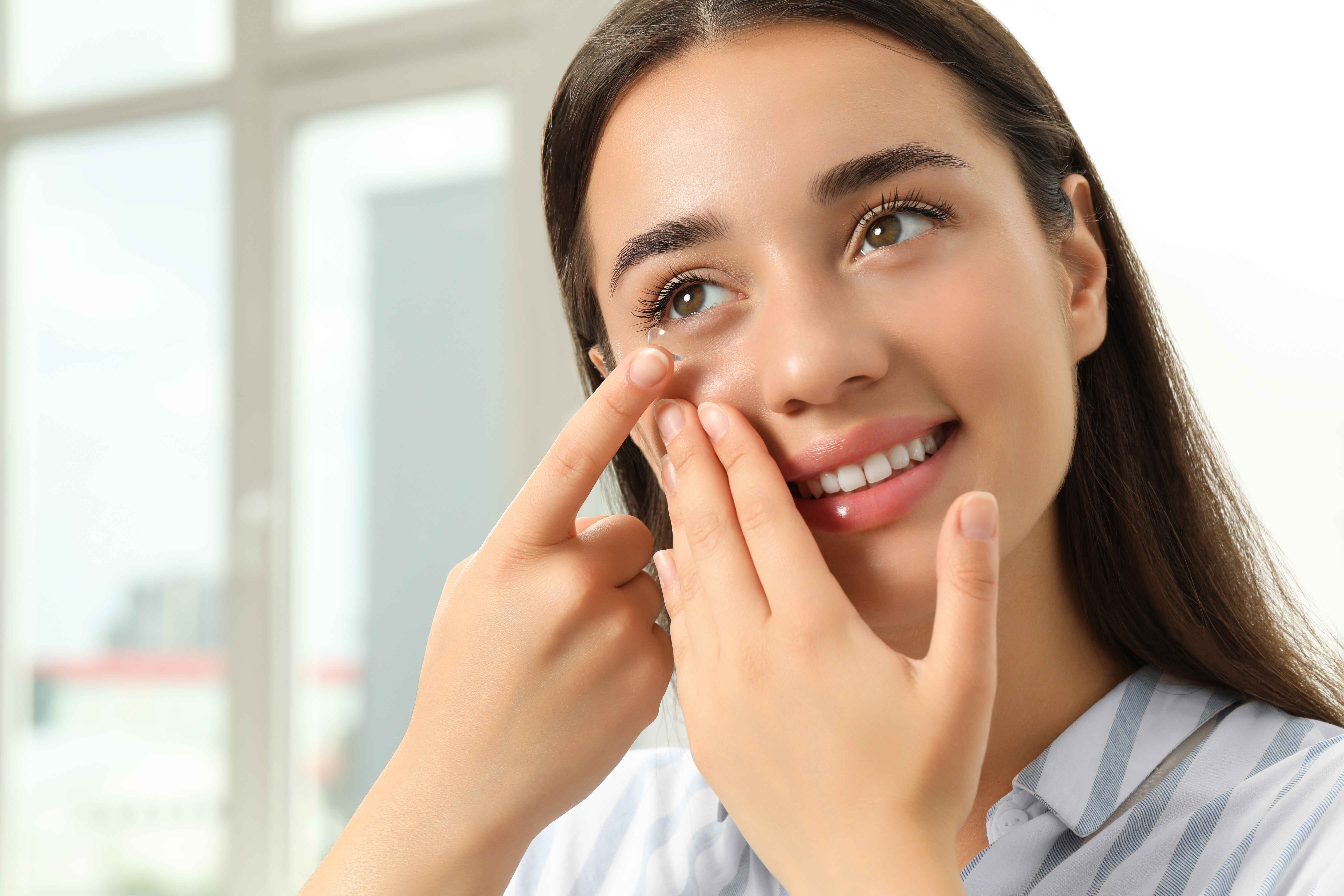Table of Contents
With the advancement of digital devices and the amount of time we now spend in front of them, many people are dealing with eyestrain and fatigue. As a result, blue light protection glasses have become increasingly popular as a way to diminish this stress, and they have several other possible benefits.
But are blue light protection glasses worth it? Let’s explore blue light glasses’ benefits, what they can do for our eyes, and their possible drawbacks.
Blue light and potential health risks
The visible light spectrum includes many colors, but blue can affect factors including attentiveness, the health of our eyes, and most startling, getting a good night’s rest!
Most blue light exposure from the sun keeps us sharp, but exposure later in the day, near bedtime, can have severe consequences for our sleep. While all light can impact sleep rhythm, blue has the most effect on quality sleep, and wearing blue light glasses benefits our sleep.
Our awake-sleep rhythm is one of several changes that our bodies experience throughout the day, and it can be easily disrupted. For example, we can decide to watch a few more corny Tik Tok videos and find ourselves still scrolling one hour later. Those who don’t protect their eyes when mentally preparing for sleep often end up counting sheep!
For those who are not a fan of the outdoors and are not getting blue light exposure from the sun, many devices with artificial blue light affect the eyes. These include LED lights, television, video games, electronic readers, fluorescent lights, computers, and smartphones.
Although a pair of blue light filtering glasses may not be the answer for every individual, for most folks, they can reduce the impact of artificial bright lights before bed and improve sleep.
Blue Light and mental health
Melatonin, the hormone our body releases to adjust sleep, is blocked after excessive blue light exposure, making getting to sleep arduous and staying asleep even more of a challenge. Lack of sleep can result in depression, anxiety and other mental health factors, while getting adequate sleep may lessen stress, improve overall judgment, and help maintain good health.
Surprising effects from eye strain
Most of us may be experiencing eyestrain and not even realize it, as most of the symptoms can be surprising, including effects like glare sensitivity, burning eyes, excessive tearing, inability to stay focused on a task, headaches, aches in the neck or back, and foggy vision.
What factors are contributing to eyestrain? There are various causes, including extensive reading, trying to focus in dim lighting, driving for an extended time, glare exposure, and staring at a device that emits blue light (such as a computer).
While there are no long-term studies on whether electronic blue light will result in permanent eye issues, it could be a contributing factor. Adults and children spend countless hours a day in front of a device, putting their eyes under digital light strain.
Some of the digital light can be blocked with blue light glasses and simultaneously reflect some of the blue rays from the screen. How much is blocked will depend on what lenses we decide to wear.
What do blue light glasses do
Although blue light glasses can be found online, ensuring they fit can be vital. It is an intelligent choice to get the glasses from a professional. It’s also critical to select high-quality glasses that have the needed light protection. Lower-quality blue light glasses can alter screen color and give a warped view.
Some glasses also only offer a small range of blue light protection. A quick visit to the eye doctor to discuss some options can ensure the glasses are blocking the necessary wavelengths of digital light.
Blue light glasses now have many options. Choices include clear lenses and those tinted in various shades such as red, orange and even yellow.
Blue light protection glasses can be pricey, especially for those wanting a high-quality frame that also looks good. This can be a significant factor to consider when deciding if blue light glasses are worth it.
Follow the rules!
In addition to wearing blue light glasses, there are other options for glare protection, such as screens with blue light filters that fit onto a device. However, this may not be as effective in overall blue light protection as wearing glasses.
For instance, when working indoors on a computer, following the 20-20-20 Rule can be essential. Established years ago, this idea reminds us to take a break from our devices to reduce eyestrain.
Here’s the rule: every 20 minutes, take a 20-second break by looking at something 20 feet (or more) away. Stepping away from the screen to go outside or just looking out of a window, wearing blue light glasses benefits our eyes.
While considering blue light glasses to reduce eyestrain and protect your eyes from possible damage, investigate and find glasses that fit your budget and your lifestyle. For more information, please visit the VCD website.






















































